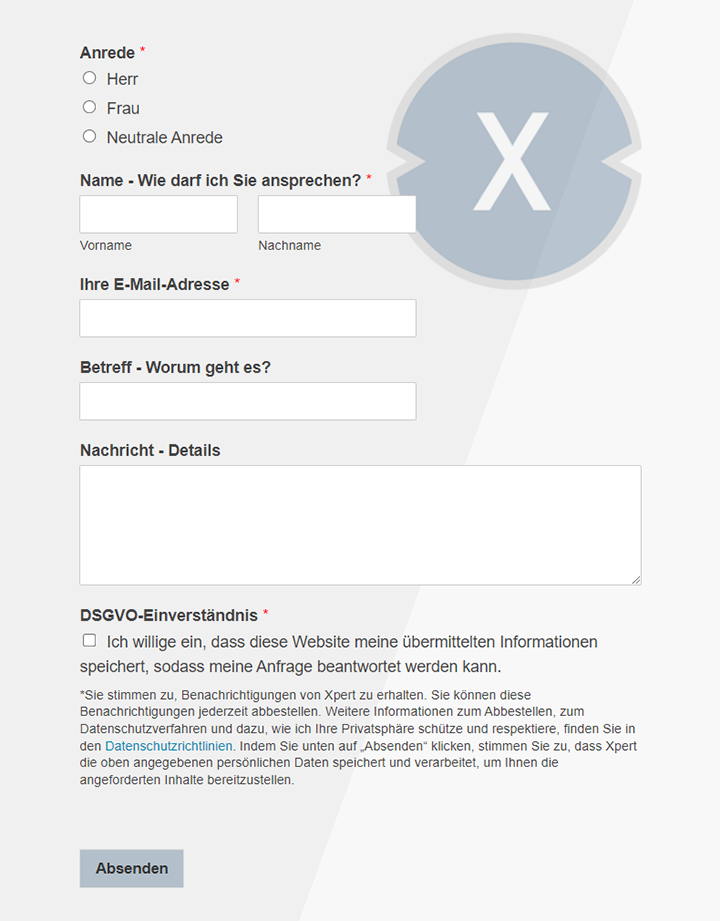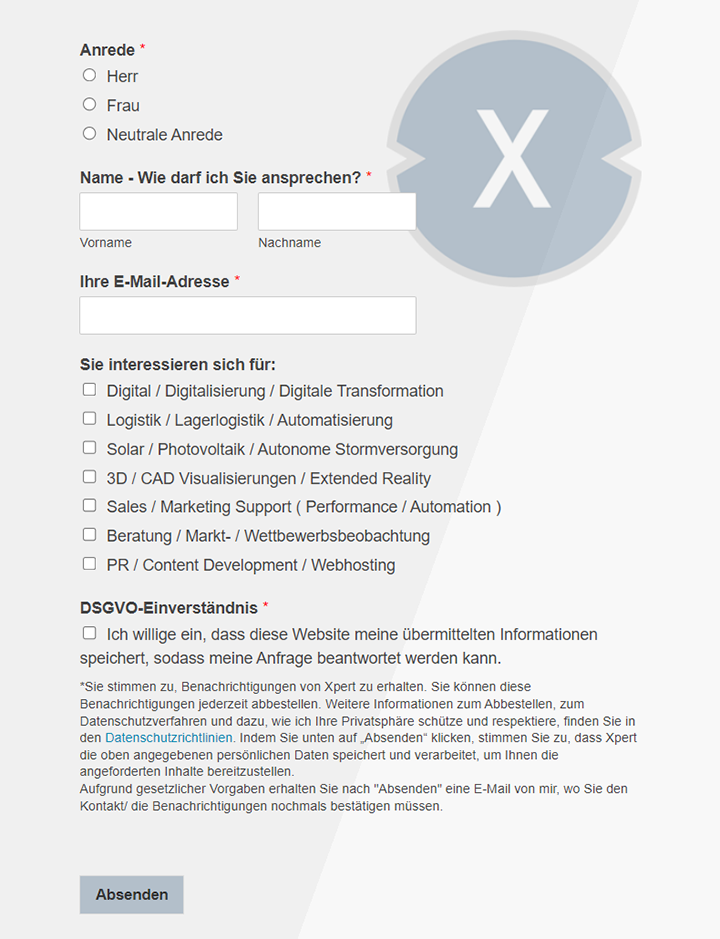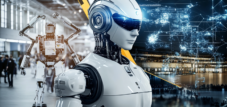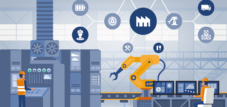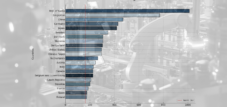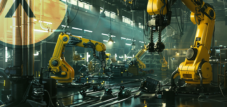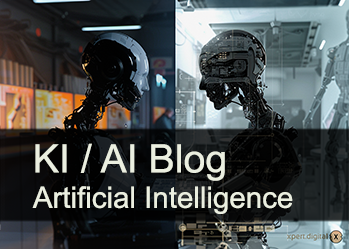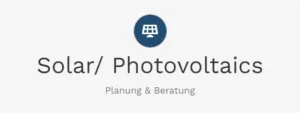The global automation race in robotics – What is the extent of the global robotics boom?
Language selection 📢
Published on: September 11, 2025 / Updated on: September 11, 2025 – Author: Konrad Wolfenstein

The global automation race in robotics – What is the extent of the global robotics boom? – Image: Xpert.Digital
Hidden champion? Why Germany is among the absolute world leaders in robotics
The robot explosion is here: Why over 4 million machines are already changing our world
The world is experiencing a quiet but rapid revolution, driven by steel, silicon, and artificial intelligence. The global automation race has reached a new level: With over 4.28 million operational industrial robots, a historic record was set in 2023—a doubling within just a decade. However, this exponential growth is not a global equilibrium, but a race between continents in which the balance of power is being redefined.
Asia is the undisputed leader in this race, accounting for 70 percent of all new installations. China, in particular, has established itself as the undisputed robotics superpower with a 51 percent market share, supported by massive government investments worth billions. Meanwhile, Europe and the US are positioning themselves as key pursuers. Europe, led by automation champion Germany, which has the third-highest robot density in the world, is investing heavily in research, while the US is massively increasing its spending on AI and robotics.
But this boom has long since left the traditional factory floors of the automotive and electronics industries. Robots are conquering new sectors such as logistics, healthcare, and pharmaceuticals, where they optimize supply chains and relieve the burden on nursing staff. Driven by advances in artificial intelligence, we are also on the verge of the next evolutionary stage: Humanoid robots and collaborative "cobots" promise to fundamentally change the interaction between humans and machines and create a trillion-dollar market. The global automation race is in full swing, shaping not only today's industry but the entire world of work and life of tomorrow.
Suitable for:
Robot race of the superpowers: One nation is pulling away from everyone else – and it is not the USA
The global robotics industry is experiencing unprecedented growth. The global operational stock of industrial robots reached a new record high of over 4.28 million units in 2023, representing an increase of 10 percent. Annual installations exceeded the half-million mark for the third consecutive year, with 541,302 robots. These figures underscore that the number of industrial robots installed worldwide has more than doubled within ten years.
How is growth distributed regionally across the different continents?
Asia continues to dominate the global automation race with impressive clarity. 70 percent of all newly installed robots were installed in Asia in 2023. Europe follows with 17 percent of global installations, while the Americas account for 10 percent. This regional distribution reflects the different industrial strategies and investment priorities of the various world regions.
What role does China play as a robotics giant?
China has established itself as the undisputed global leader in robotics. The country installed a total of 276,288 industrial robots in 2023, corresponding to a market share of 51 percent of global demand. The operational stock in 2023 was just below the 1.8 million mark. This makes China the first and only country in the world to have such a large number of industrial robots. The success of Chinese manufacturers is particularly remarkable: their market share rose from 30 percent in 2020 to 47 percent in 2023.
How is China strategically investing in the future of robotics?
China is pursuing a comprehensive national strategy for robotics development. The National Development and Reform Commission has established a publicly funded venture capital fund for robotics, artificial intelligence, and cutting-edge innovations. A total of €128 billion is to be raised over a 20-year period. The current "Key Special Program on Intelligent Robots" was updated in July 2024 with a budget of approximately $45.2 million. These massive investments aim to make China a world leader in robotics technology.
What position does the USA occupy in the global robotics competition?
The US has significantly increased its investments in robotics and artificial intelligence under the Biden administration. The 2025 budget includes $202 billion for research and development, including substantial funding for AI research. The National Science Foundation will receive $729 million for AI research and development, while DARPA will allocate $310 million for the AI Forward Initiative. The US market installed a total of 55,389 robot units in 2023. The US ranks tenth in the world in terms of robot density, with 285 robots per 10,000 employees.
How does Europe position itself in the international robotics race?
Europe occupies a significant position in the global robotics landscape, even though the region lags behind Asia. The European Union has a robot density of 208 units per 10,000 employees. Germany leads as the largest European market with 28,355 installed units in 2023. Italy follows as the second-largest European market with 10,412 units, while France recorded 6,386 installed units. The EU is investing specifically in robotics research: Horizon Europe provides €180 million for projects in the fields of artificial intelligence and robotics.
What is Germany's significance in the global robotics context?
Germany maintains its position as one of the world's leading automated economies. With a robot density of 415 industrial robots per 10,000 workers, Germany ranks third worldwide, behind only South Korea with 1,012 units and Singapore with 730 units. Germany is the largest market in Europe and the only European economy to be among the five largest markets worldwide. German robot density has increased by an average of five percent per year since 2017.
Which new economic sectors benefit from the use of robotics?
Robotics is expanding into entirely new industries and creating innovative business areas. Its use is growing particularly strongly in the logistics sector, where 62.5 percent of the companies surveyed expect strong growth. The pharmaceutical industry also shows great potential, with 29.9 percent of expected growth. Healthcare is rated as a high-growth sector, with 23.3 percent. Autonomous mobile robots are already being used in hospitals to transport medications, laboratory samples, and other important goods.
A new dimension of digital transformation with 'Managed AI' (Artificial Intelligence) - Platform & B2B Solution | Xpert Consulting

A new dimension of digital transformation with 'Managed AI' (Artificial Intelligence) – Platform & B2B Solution | Xpert Consulting - Image: Xpert.Digital
Here you will learn how your company can implement customized AI solutions quickly, securely, and without high entry barriers.
A Managed AI Platform is your all-round, worry-free package for artificial intelligence. Instead of dealing with complex technology, expensive infrastructure, and lengthy development processes, you receive a turnkey solution tailored to your needs from a specialized partner – often within a few days.
The key benefits at a glance:
⚡ Fast implementation: From idea to operational application in days, not months. We deliver practical solutions that create immediate value.
🔒 Maximum data security: Your sensitive data remains with you. We guarantee secure and compliant processing without sharing data with third parties.
💸 No financial risk: You only pay for results. High upfront investments in hardware, software, or personnel are completely eliminated.
🎯 Focus on your core business: Concentrate on what you do best. We handle the entire technical implementation, operation, and maintenance of your AI solution.
📈 Future-proof & Scalable: Your AI grows with you. We ensure ongoing optimization and scalability, and flexibly adapt the models to new requirements.
More about it here:
The great robotics race: Who will win the market, regions, and talent?
How is robotics revolutionizing healthcare?
Healthcare is experiencing a robotic revolution. Autonomous mobile robots are taking over transportation tasks in hospitals, minimizing the risk of cross-contamination. They transport chemotherapy drugs, laboratory samples, and other critical materials, improving workflows and increasing patient safety. Robots allow healthcare workers to focus on patient care instead of spending time on logistical tasks. The technology also addresses the shortage of skilled workers in nursing by automating time-consuming tasks.
What role does the logistics industry play in the evolution of robotics?
The logistics industry is undergoing a fundamental transformation thanks to robotics and AI technologies. McKinsey predicts that more than 45 percent of logistics activities will be automated by 2030. The global market for autonomous mobile robots is growing at an annual rate of 23.7 percent and is expected to reach ten billion dollars by 2028. Companies like Sereact are developing AI-based robots specifically for logistics tasks, with "PickGPT" being the world's first robotics transformer that enables robots to be instructed using natural language.
Suitable for:
- Robot revolution despite the crisis? This is how Ki transforms Germany's factories - and solves our biggest problem
What are the most important trends in humanoid robotics?
Humanoid robots are facing unprecedented market growth. The global market was valued at $3.65 billion in 2024 and is expected to reach $86.39 billion by 2032, corresponding to a compound annual growth rate of 48.5 percent. Goldman Sachs predicts the market will reach a volume of $38 billion by 2035. The most ambitious forecasts come from ARK Invest, with a maximum market potential of $24 trillion. Manufacturing costs are falling dramatically: from today's $250,000 to a projected $20,000 per unit.
How is the market for collaborative robots developing?
Collaborative robots, also known as cobots, are experiencing exceptional growth. The global cobot market surpassed the $1 billion revenue mark in 2023. Shipments are forecast to increase by 22 percent in 2024, with similar growth of over 20 percent annually through 2028. The market for collaborative manufacturing robots was valued at $121.7 million in 2024 and is expected to grow to $329.1 million by 2034 at a compound annual growth rate of 10.5 percent. Other forecasts predict the cobot market will grow from $12.4 billion in 2023 to $23.8 billion by 2030.
What is the significance of artificial intelligence for robotics?
Artificial intelligence is fundamentally transforming robotics and will take a decisive step from hype to practice in 2025. AI enables robots to understand and perform complex tasks independently, rather than simply performing repetitive tasks in controlled environments. Analytical AI helps process large amounts of data from robot sensors and respond to unpredictable situations. Nvidia and other manufacturers are investing in the development of specialized hardware and software that simulate real worlds and enable robots to train in virtual environments.
How is the industry distribution in robotics changing?
The industry distribution in robotics reveals interesting developments. The electrical and electronics industry leads with 137,000 newly installed robots in 2021. The traditionally strong automotive industry follows in second place with 119,000 units. Almost two-thirds of all industrial robots in the global electronics industry were installed in China alone. In the automotive industry, Europe installed a total of 23,000 industrial robots in 2024. The metalworking and mechanical engineering industries follow with a combined 62,000 robot purchases.
What market volume does service robotics reach?
The service robotics market is showing impressive growth. Global revenue will reach approximately $36.97 billion in 2025. Commercial service robotics dominates, with a projected market volume of $20.98 billion in 2025. The market is expected to grow at a CAGR of 11.01 percent and reach a volume of $56.11 billion by 2029. Other forecasts predict the service robotics market will grow from $47.13 billion in 2024 to $220.44 billion by 2037.
How are regional robot densities developing worldwide?
Regional robot densities show significant differences. Asia has a robot density of 168 units per 10,000 employees in the manufacturing industry. Six Asian economies are among the top 10 automated countries: South Korea, Singapore, Japan, China, Hong Kong, and Taiwan. The European Union has a robot density of 208 units per 10,000 employees. North America reaches 188 units per 10,000 employees. The average global robot density has reached a historic high of 151 robots per 10,000 employees.
What challenges and opportunities shape the future of robotics?
The robotics industry faces significant challenges and opportunities. Skills shortages caused by an aging workforce are accelerating the adoption of robots. Europe must overcome the massive gap between public funding and the enormous private investment in the US and China. Attractive tax incentives, targeted financing for young companies, and simplified regulation are needed. The integration of various technologies such as AI, IoT, and 5G opens up new possibilities for advanced robotic applications.
What is the forecast for global robotics growth?
Forecasts for global robotics growth are extremely optimistic. The total robotics market is expected to be approximately $46.29 billion in 2025 and grow to $66.49 billion by 2029, corresponding to a compound annual growth rate of 9.49 percent. China is expected to experience annual growth of 5-10 percent in the second half of 2024 through 2027. The United States remains the largest single market, with expected revenue of $9.52 billion in 2025. These figures underscore that the global automation race has entered a new phase of exponential growth.
We are there for you - advice - planning - implementation - project management
☑️ SME support in strategy, consulting, planning and implementation
☑️ Creation or realignment of the AI strategy
☑️ Pioneer Business Development
I would be happy to serve as your personal advisor.
You can contact me by filling out the contact form below or simply call me on +49 89 89 674 804 (Munich) .
I'm looking forward to our joint project.
Xpert.Digital - Konrad Wolfenstein
Xpert.Digital is a hub for industry with a focus on digitalization, mechanical engineering, logistics/intralogistics and photovoltaics.
With our 360° business development solution, we support well-known companies from new business to after sales.
Market intelligence, smarketing, marketing automation, content development, PR, mail campaigns, personalized social media and lead nurturing are part of our digital tools.
You can find out more at: www.xpert.digital - www.xpert.solar - www.xpert.plus






